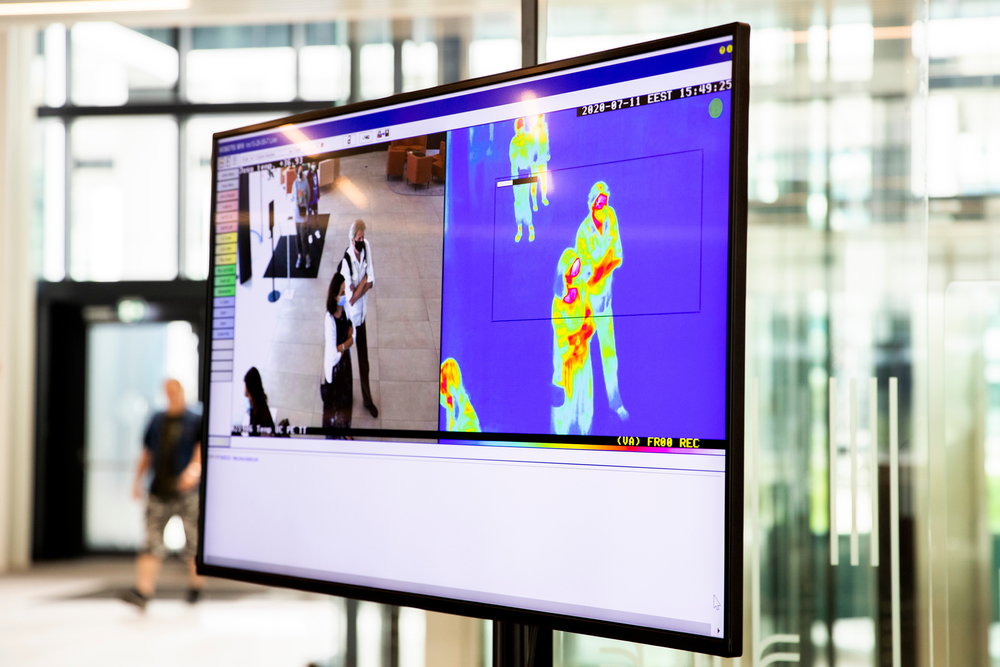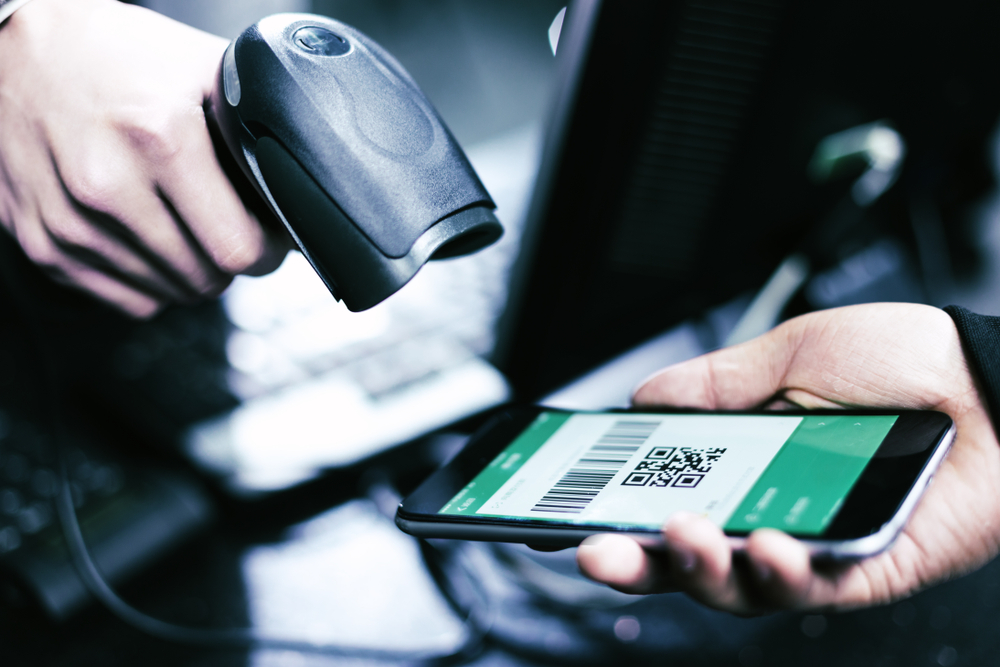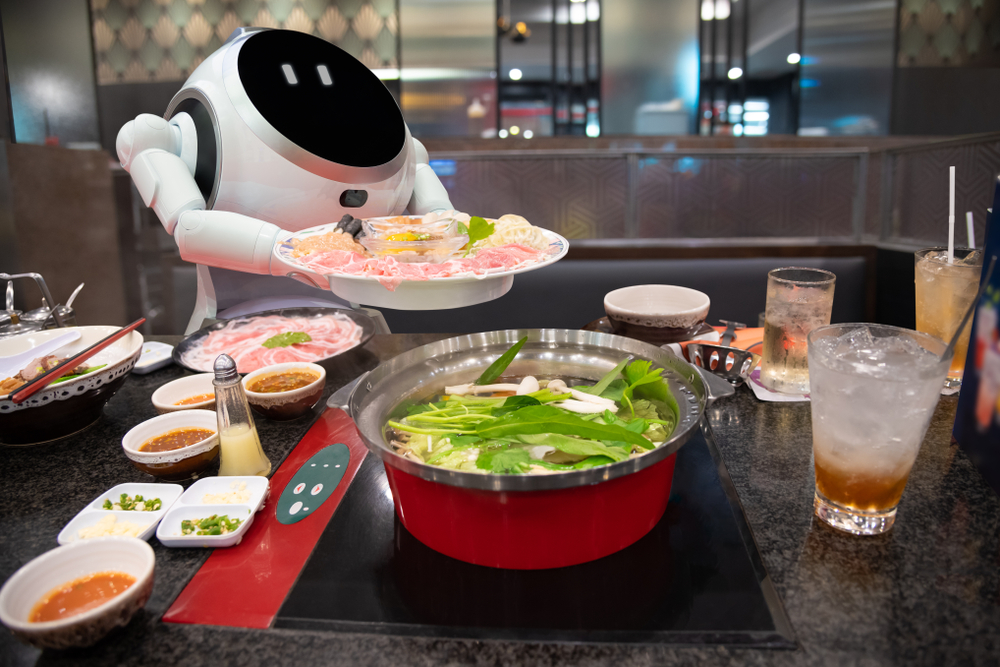The COVID-19 outbreaks in Thailand have seen an ever-increasing number of infections as new clusters are emerging. The faculty members of Sasin School of Management — Prof. Dr. Kua Wongboonsin, Asst. Prof. Dr. Piyachart Phiromswad, Assoc. Prof. Dr. Pattanaporn Chatjuthamard, Asst. Prof. Dr. Pattarake Sarajoti, and Asst. Prof. Dr. Sabin Srivannaboon, with financial support from the National Research Council of Thailand (NRCT), jointly present ways to reduce the spread of COVID-19 sustainably in a study to identify technologies that can instantly and appropriately help professionals who find social distancing difficult.
Appropriate technologies to help reduce the spread of the COVID-19 virus
Appropriate technologies are not necessarily the most advanced, but those that can be easily applied in today’s society and have a high chance of actually solving immediate problems. Sasin faculty members have applied this principle to the COVID-19 crisis to find the right technologies for people whose nature of work requires close contact with others such as salespeople, waitstaff, cashiers, merchants in the market, or even wardens. Three groups of appropriate technologies that can immediately help with social distancing are:
Smart Sensor
A smart sensor is a technology that monitors the physical environment in various forms, e.g. motion sensors, thermometer, or sensor of glitches in the audiovisuals of CCTV. Currently, smart sensors can be used to prevent the spread of COVID-19 in conjunction with artificial intelligence (AI), and CC TV to detect abnormalities from predetermined baselines, e.g. face mask violation in the workplace, no social distancing while having conversations, or exceeding numbers of people in a room. Moreover, the sensors can work in real-time to give immediate warnings to bring about behavioral change, instead of only being at the level of “finding faults”. Another technology worth watching is biosensor technology, e.g. real-time body temperature measurement for workers that is linked to a smartwatch instead of physical measurement before entering the premises which are prone to mistakes. This can help identify people at risk (e.g. those having a high temperature) to separate them from others and being their treatment promptly. The data from the smart sensors can be recorded should there be a need for punishment to remind the workers that they are “under constant surveillance”. Enforcement of the rules and regulations can also be done by using blockchain technology for data entry to ensure accuracy and prevent later “unauthorized” modifications.

Cashless Payment Technology
It is a known fact that banknotes and small change are incubators of germs, including the COVID-19 virus. The World Health Organization (WHO) has warned against direct handling banknotes or coins during the COVID-19 pandemic, therefore, using cashless payment methods helps both sellers and buyers to maintain effective social distancing. What is surprising is that cashless payment is not yet popular among the majority of Thais, despite the readiness of their smartphone or familiarity with using mobile applications. According to the website of “We Are Social”, a world-leading digital marketing consulting company, 98 percent of Thai people own a smartphone, but only 18.7 percent use online payment compared to 48 percent of the Chinese population, even though Thai people’s average time on the internet per day exceeds that of the Chinese population by 2 hours. So, the major problem is to study the main pain points preventing people from using cashless payment to overcome them.

Smart Robotics
Nowadays, AI technology has taken a giant leap forward to the extent that robots are nearly as capable as or even better than human beings in many aspects, like autonomous mobility, the ability to work in various environments, and the ability to perform complex tasks that require precision and meticulousness (like surgery, or driving screws). AI technology can help reduce the spread of COVID-19 by reducing touchpoints for workers in delivering objects, tools, or raw materials while working, or even interaction with consumers (like food delivery). A real example that has already happened in China is a robot restaurant complex that’s fully operated by more than 40 robots. It is expected that about 5,000 of these robots will be manufactured yearly. In Thailand, AI is starting to be used to deliver food and can take the place of employees ranging from taking orders, ushering the customers to the tables, as well as serving and bussing the tables. The AI robots can even be adapted to deliver medical equipment or other things to COVID-19 patients, but this is not widely practised at the moment.

When will these technologies be “on center stage”?
An important issue that the Sasin faculty members found to be an obstacle hindering the adaptation to change or an application of technology is being “trapped in a paradigm of thinking”. It is in human nature to dislike change and want to remain within their “comfort zone”. Oftentimes, we create our own belief that we can keep to only that which we are familiar with. During the COVID-19 pandemic, one limiting thought that obstructs the adoption of technology is that “soon” the pandemic will go away and we will all go back to living in the comfort of the “good old world” where face masks were not compulsory. Yet, if we look at various sets of data “objectively”, we’ll find that social distancing or face mask-wearing will still be a necessity even after vaccination, as the virus has a chance to constantly mutate and may even cause new waves of outbreaks. Alternatively, if some countries are still having outbreaks, various mitigation measures will still be necessary. Therefore, absolute acceptance that we will live in “a new world” or a “new normal” lifestyle — a phrase with which we are now familiar — is inevitable. It is the first step out of many that makes people start to alter both themselves and their organizations.
